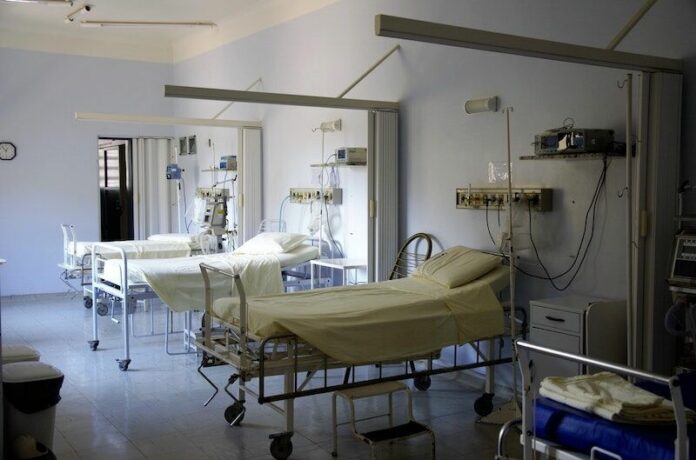Surgery-related order amendments apply to counties with less than 10% ICU capacity; doesn’t apply to Sonoma County
The California Department of Public Health (CDPH) announced a new health order on Jan. 5, aimed at reducing the pressure on hospital systems. Included in the order is the requirement that some non-essential and non-life-threatening surgeries be delayed in counties with ICU capacity of 10% or less who are under the state’s regional stay-at-home order where the regional ICU capacity is at 0%. The Bay Area region currently has a 7.2% ICU capacity and Sonoma County currently has 18.5% availability, so the health order surgery restrictions don’t currently apply to the county.
According to the health department, examples of procedures that may be delayed include carpal tunnel surgery and non-urgent spine surgeries. Procedures for patients who have serious and urgent medical conditions — serious cancer removal, necessary heart surgeries and similar — will still be allowed. Doing this is intended to help preserve services for the sickest patients.
“If we continue to see an alarming increase of COVID-19 patient admissions at hospitals statewide, some facilities may not be able to provide the critical and necessary care Californians need, whether those patients have COVID-19 or another medical condition,” said Dr. Tomás J. Aragón, CDPH director and state public health officer, in a statement. “This order helps ensure that patients continue to receive appropriate medical services by better distributing available resources across the state to prevent overwhelming specific hospitals, counties and regions. As we continue to see the effects of holiday travel and gatherings in our emergency rooms and ICUs, we cannot underscore enough how critically important it is for Californians to stay home, wear masks and avoid getting together with people outside their immediate households to slow this alarming surge of hospitalizations.”
According to the CDPH, COVID hospitalizations in the state have increased by 17% in the past two weeks, with ICU admissions increasing 21%.
The only regions impacted by the amendments to the health order by Dec. 5 are the San Joaquin Valley region and the Southern California region. The health order will remain in effect for at least three weeks and will continue until rescinded.
Locally, 18 of Sonoma County’s 69 staffed non-surge ICU beds are available, and 45.1% of the counties occupied ICU beds are occupied by patients who are COVID-19-positive. According to the county’s hospital capacity dashboard, 39 of its 68 ventilators are available.
While Sonoma County is reporting having a larger percentage of ICU capacity compared to many other counties in the state, COVID hospitalizations have still significantly increased — on Dec. 5, 41 people in the county were hospitalized with COVID-19 and 101 people were hospitalized on Jan. 5.
“When hospitals are overwhelmed and overflowing, they are no longer able to provide the traditional standards of care we expect, but if health care resources are available elsewhere, we should ensure Californians can receive appropriate care,” said Aragón said. “We must ensure our entire health care system does everything it can to prevent our hospitals from shifting to crisis care standards for people who are seriously ill with COVID-19 or other critical medical conditions. California is committed to an equitable California for All approach to health care access and standards of care.”









